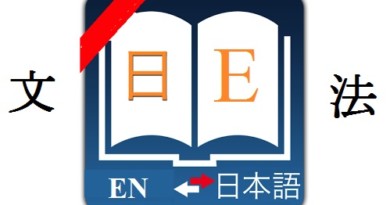Japanese 後(あと) grammar ato

Let’s learn Japanese 後(あと) grammar ato :
Formation :
Nのあと
Vるあと
Vたあと
Meaning and how to use :
Describe the meaning “at the behind of something.” saying “…あとにして” is a proverb, means “leave”.
For example
いつの間にか私の後、彼が立っています。
Itsunomanika watashi no nochi, kare ga tatte i masu.
He stood behind me when I was unnoticable.
白い眼鏡をかけている人の後、うちのワンちゃんの犬がいる。
shiroi megane o kake te iru hito no nochi, uchi no wan chan no inu ga iru.
Behind the man wearing white glasses is my dog Wan.
客が買えた後、いろいろないい商品が残っている。
kyaku ga kae ta nochi, iroiro na ii shouhin ga nokotte iru.
Many good goods are left behind the customers.
2. Express the meaning “after that”. After an event finishs, another one begins.
Only used with:
Nのあと
Vたあと
For example
帰った後、私はテレビを見ます。
kaetta nochi, watashi ha terebi o mi masu.
After I had come home, I watched TV.
日本語能力試験を合格した後、私は日本でのいい仕事を見つけました。
nihongo nouryoku shiken o goukaku shi ta nochi, watashi ha nippon de no ii shigoto o mitsuke mashi ta.
After passing JLPT, I got a good job in Japan.
ご飯を食べた後、勉強に行きます。
gohan o tabe ta nochi, benkyou ni iki masu.
After I had had meal, I went to school.
Related structures :
あと ato
あとから atokara
above is Japanese 後(あと) grammar ato. if you don’t understand the signs we used in fomation, you can find their meaning here : signs used in Japanese grammar structures.
You can search the structure you want by using the search tool on our website (using key : grammar + ‘structure name’ or you can find more Japanese grammar structures in the following category : Japanese grammar dictionary

